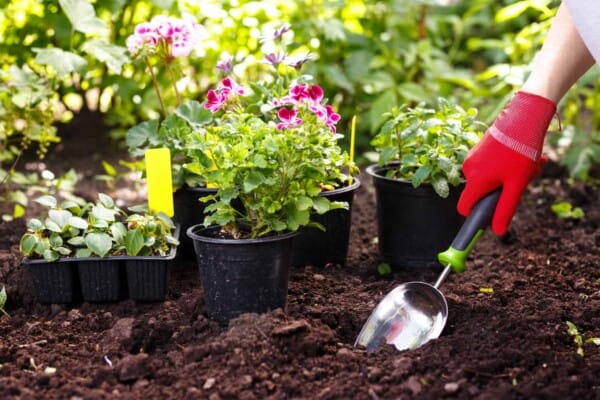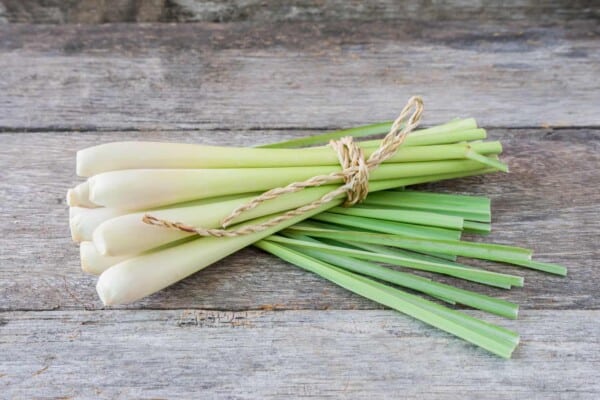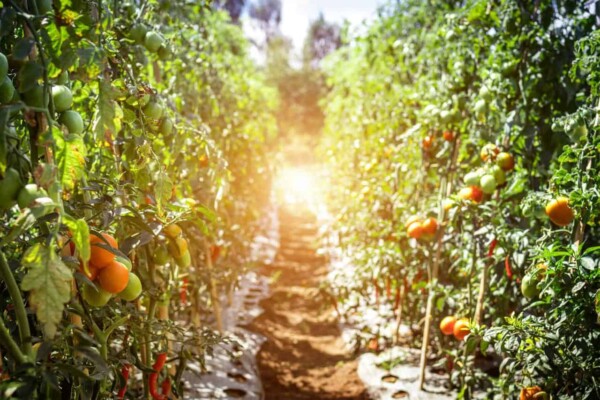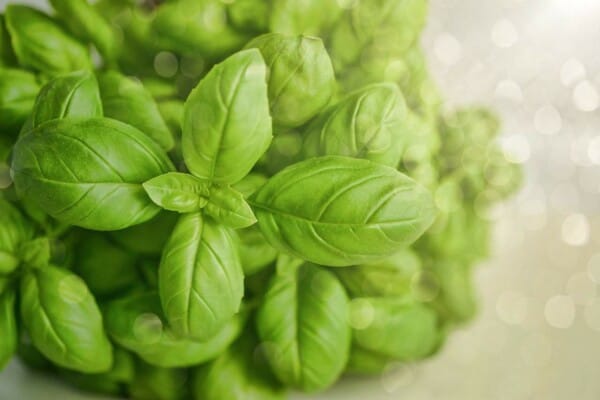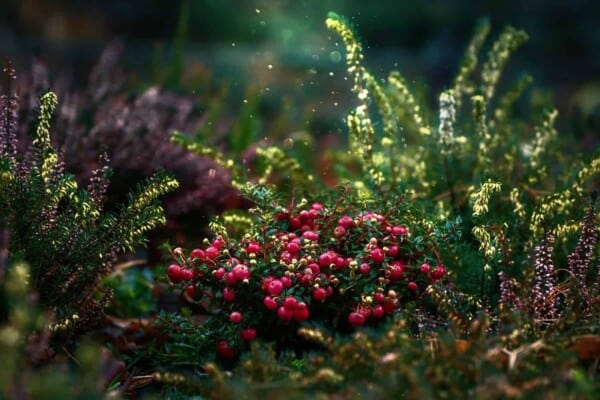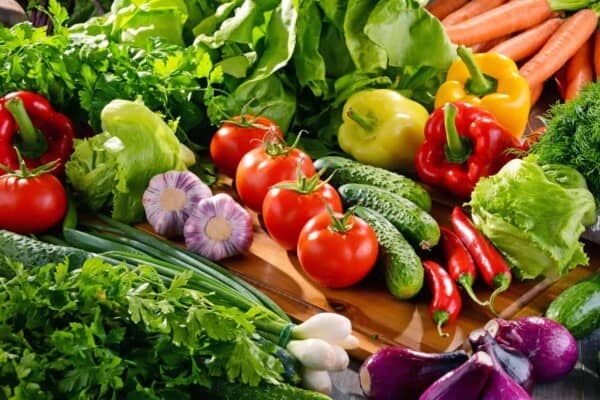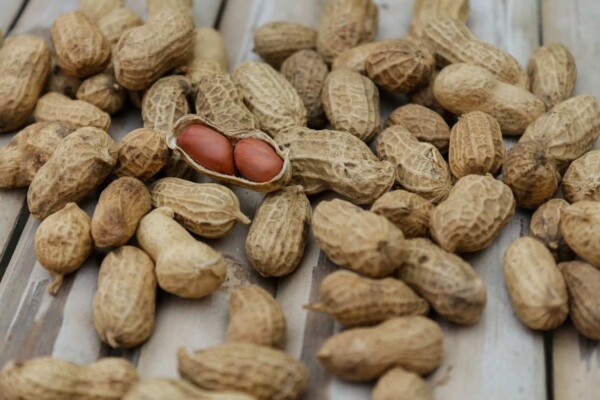Whenever you think about the very best crops, very few people actually picture onions, which is quite sad considering just how versatile and easy they are to grow.
They’re some of the most underrated vegetables out there, and they get a very bad reputation simply because a lot of people don’t know how to grow them in the first place.
There are very few pests that can bother them, which in itself makes them very hardy, and you can harvest and use them during most seasons too.
They can be used in a lot of different dishes too, including soups, stews, sauces and even stir fries.
So, if you’re interested in actually growing onions for yourself, then keep on reading because we’re about to walk you through the many ins and outs of onion harvesting, starting off with:
When Should You Grow Onions?
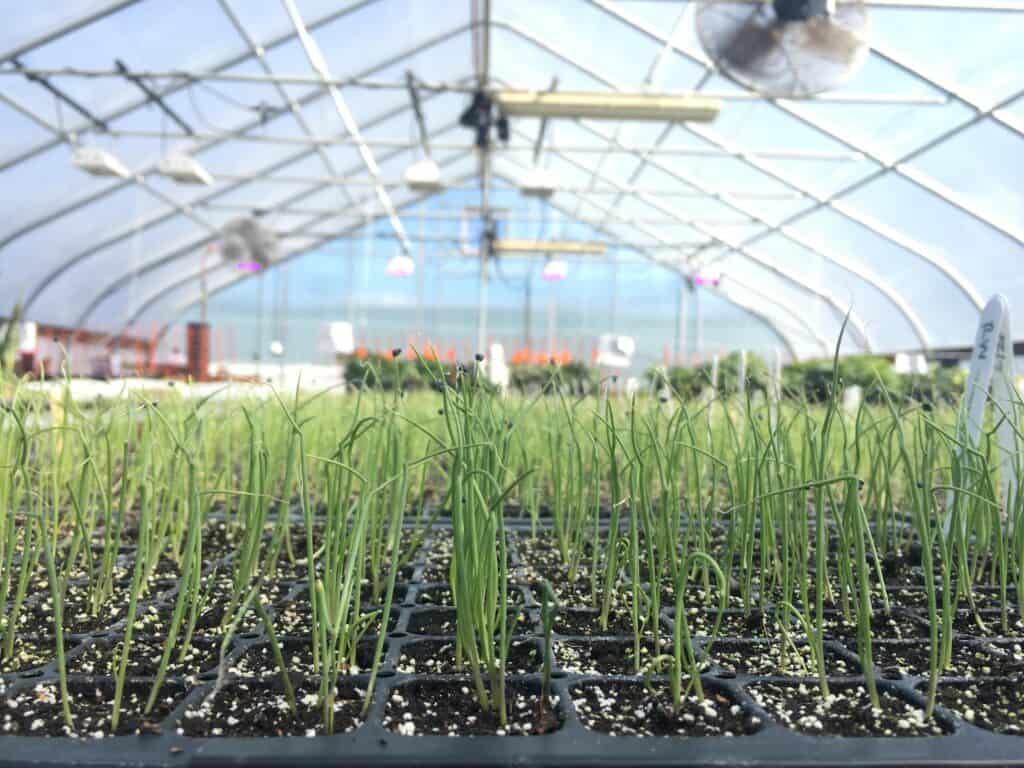
The thing you need to remember about onions is that they are generally considered to be a “cool season crop”, which means that for the most part, you’ll want to plant the seedlings when the weather is at its colder season.
As soon as the weather starts changing for the better though and the temperatures start rising, it’s time to start getting ready because your onions will officially start forming their bulbs.
This is why you should always start planting them at the beginning of spring, when the temperatures are still on the colder side, right as the warm season is about to start.
If you do plan on going all out and growing them from seed, you may need to start a bit earlier though, as early as winter actually. As soon as they start sprouting, they’ll need around three to five months in order to reach maturity, which is entirely dependent on the type of onion you got and the climate itself.
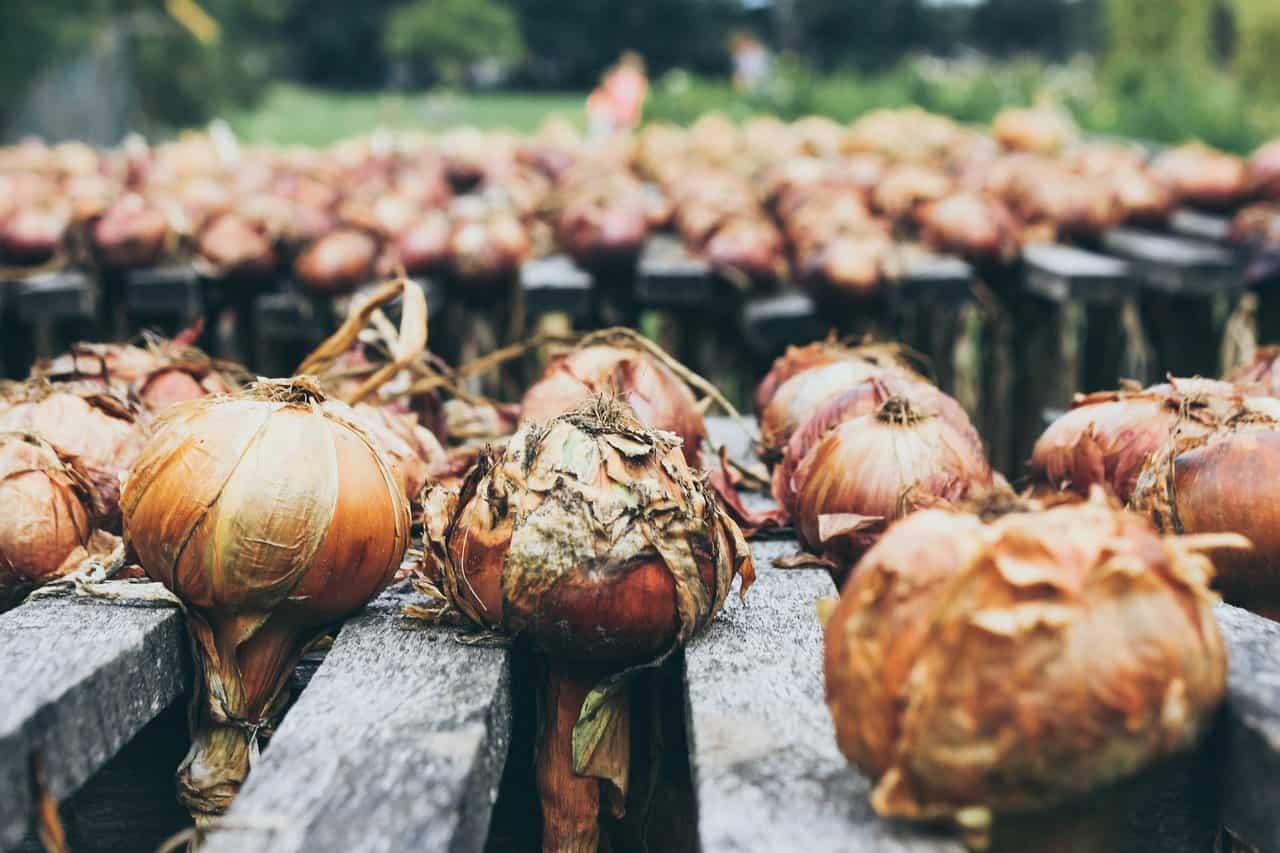
You can also start growing your onions during fall for a winter harvest if you happen to live in an area that has a milder winter. So, for example, if you happen to live in the Central Coast of California, you can start growing your onions all-year round.
So, as we mentioned previously, you can pretty much start planting them whenever you want to, unless you happen to live in a place where the winter gets extremely harsh.
In this case you may want to wait a bit longer because you will lose most of your crops if you choose the wrong time to do it.
But, considering how affordable they are to buy and to grow, you may put a few crops down and test the waters for yourself. If your onions start growing even through the coldest of seasons, you may start planting them in bulk.
It all depends on how good the variety you got is and more specifically, how lucky you are for the most part. So, try everything out for yourself and if it works out for you, then you have nothing to worry about.
How Many Types of Onions Are There?
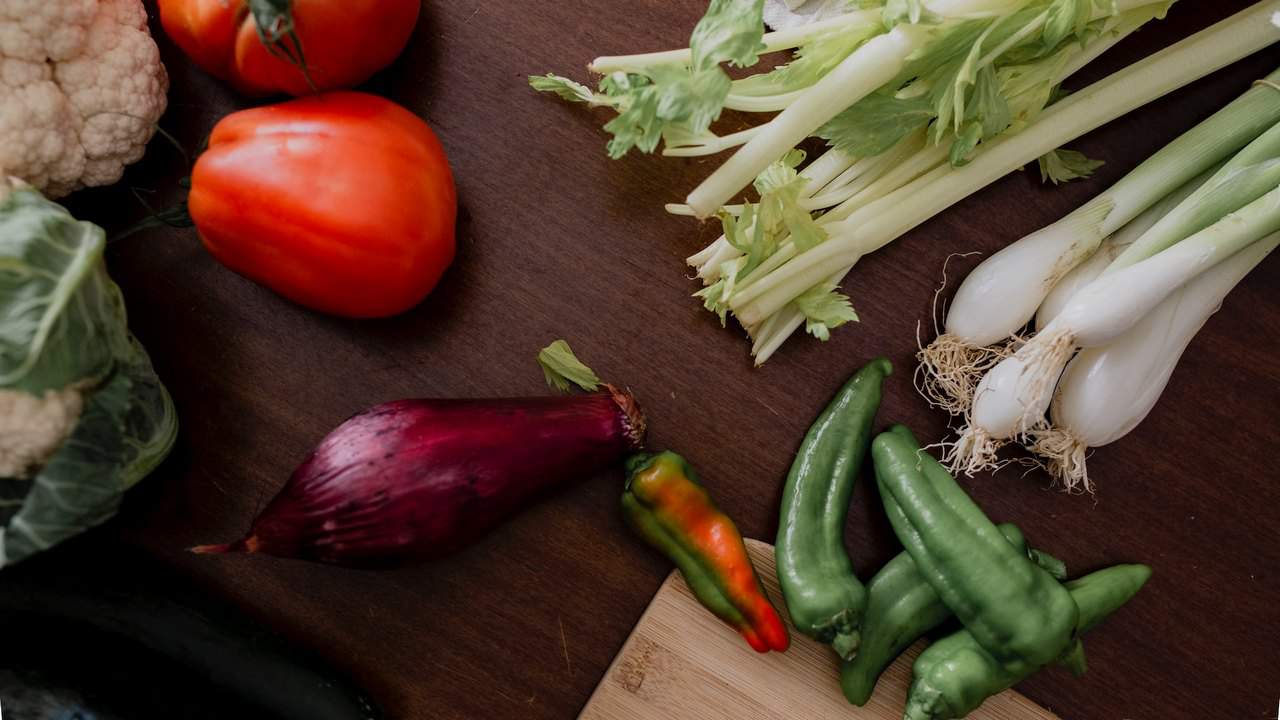
If you want to start growing your very own onion crop then you will need to invest into one of three different types of onions:
- The Short-Day Onions
- The Long-Day Onions
- The Day-Neutral Onions
The short-day onions are the varieties that start forming up bulbs when the days get to be around 10 to 12 hours long or so. They’re known for being the perfect choice for southern gardeners whose days are shorter throughout the growing season.
If you happen to be a northern gardener though, chances are that you’ll end up with tiny bulbs and little to no actual produce to pull out of the ground. So, it’s not recommended to go for them in this case.
By far the most popular short-day onions you’ll find out there are the “Southern Belle”, the “White Bermuda” and the “Granex” varieties. While there are plenty more to find, these are almost always readily available.
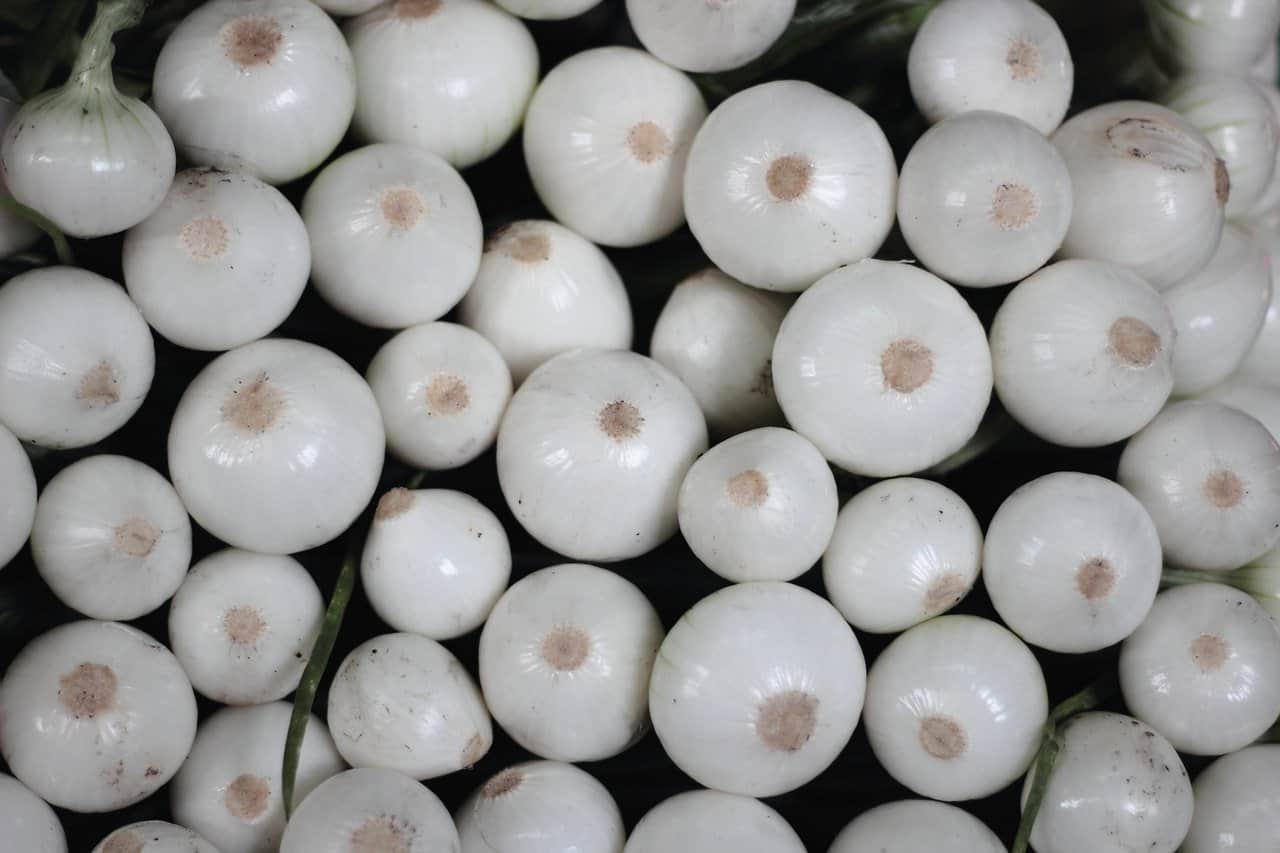
Long-day onions on the other side are the varieties that start forming up bulbs by the time that the days get to be around 14 or so hours long. They’re known for being the best option for northern gardeners, especially so if you happen to live in the US or Canada.
By far the most popular varieties you will find out there are the “Walla Walla”, the “Ring Master”, the “Yellow Sweet Spanish” and the “Red Zeppelin”, just to name a few.
Day-neutral onions are the varieties that start forming up bulbs by the time the day gets to be around 12 to 14 hours long.
By far the most popular varieties you’ll find out there are the “Early Yellow Globe”, the “Red Amposta”, the “Cabernet” and the “Superstar” to name a few.
You may have heard of the age-old saying that if you want to grow your onions from seed, then you will get your hands on much larger bulbs.
This is true, but do keep in mind that it only really applies if you plant your onion seeds the right way. How can you know for sure if you’ve made the right choice though? Let’s find out together:
The Two Ways to Plant Onion Seeds

There are basically two different ways that you can employ to plant the onion seeds, and they are the following:
- Planting onion seeds under lights
- Planting onion seeds via winter sowing
So, let us first go over the first method by simply stating the fact that onions are cool-season crops that need at least around 90 days to fully mature.
As such, you may want to keep in mind that planting them during the spring will usually result in a bad harvest, as the bulbs will not be able to reach a good size before the warm temperature arrives.
So, you will need to plant the seeds many weeks in advance before you can start moving them into the garden, which in itself isn’t bad until you hear the fact that onion seedlings are also very slow growers.
Because of this you will need to keep them under grow lights for various timeframes while they’re indoors. You can start doing this around 10 to 12 weeks before you take them outside.
But, while doing that does sound like a pretty good idea, you need to keep in mind the fact that planting your onions under grow lights is quite different from doing it with other vegetables.
For tomatoes, eggplants and many others for example, the lights need to be set to around 16 to 18 hours per day. This in itself is easy to understand, but it doesn’t work like this with onions.
Instead, the onion seeds will need to be kept under the grow lights for around 10 to 12 hours a day, depending on which type of onion you opted for.
This in itself will be quite a hassle to set up and it will take some time before you can actually get used to doing it. Luckily, there is an alternative option that we believe is just more convenient and easier to set up, and that is the following method, aka planting onion seeds via winter sowing.
Growing lights are not for everybody, especially so when you realize the fact that these growing lights also come with heating mats and a lot of other seed-starting equipment that will take a lot of money and time to set up.
Instead, you can actually skip over all of that and just grow the onion seeds via winter sowing. This is a lot easier to do, you just need to get a packet of onion seeds, a plastic lidded container and potting soil that has been specifically manipulated for seed starting.
So, you just take the seeds and you plant them around early December to mid-February and you just go through the motions from here on out.
Step by Step Guide on How To Grow Seedlings
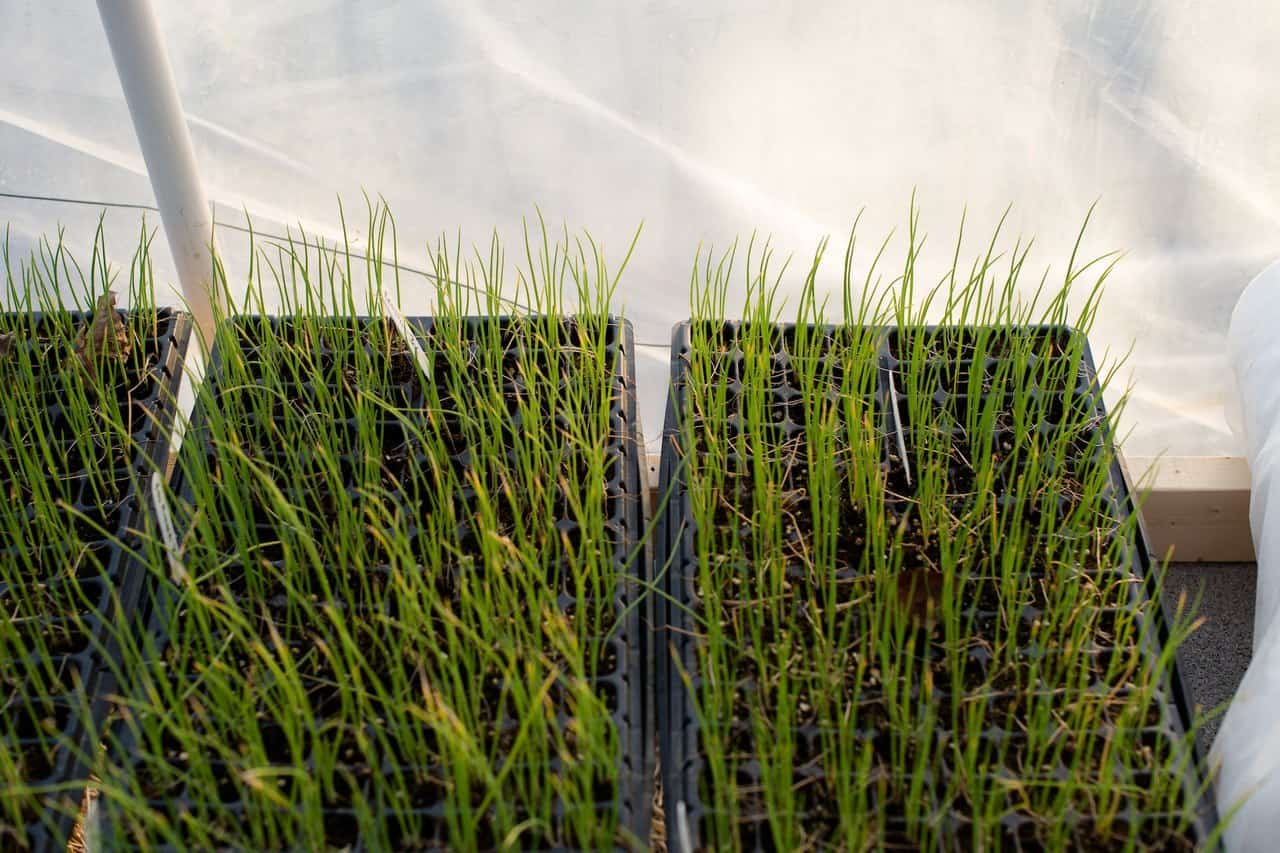
Here’s a detailed step by step tutorial on the process:
- You take the plastic container and you poke around three to four different ½” drainage holes at the bottom, while also cracking two ½” ventilation holes at the top.
- You then open it up and put around three inches of potting soil inside. This is very important so try to measure it up as you do it.
- Next up just take the onion seeds and start sprinkling them at the top of the soil. Do keep in mind that they need to be spaced properly at around ¼” or ½” so as to not interfere with one another’s growing.
- The next step is simple, you just take the container and you place potting soil inside, on top of the seeds.
- You then start watering them in well, you need to make sure that they get enough water to survive and thrive while also not waterboarding them too much.
- Last but not least just shut down the container and label it so you know exactly what you planted in there in the first place.
That’s it, that’s all you need to do. Now just take the container and place it in a shady spot outdoors. The best part about it is that it will still grow after, even if it happens to be freezing cold and snowy outside.
They will be sitting there dormant until the weather starts clearing up, and you will never even need to worry about cleaning them of any snow or making sure that the container doesn’t freeze.
And, as soon as the weather starts changing for the better, your onions will start to sprout, and just like this you’ll be saving up on a lot of the resources you’d need to use for the grow lights.
Do keep in mind however that when this happens you will need to start monitoring the moisture level inside while also watering them and keeping them out of harm’s way, aka out of the blazing cold.
As soon as they start sprouting, they are vulnerable to the environment, so you will need to be ready for anything if you want to actually start harvesting your onions in the near future.
At the same time, as soon as the garden soil is ready you can transplant the onion seedlings directly into your garden.
Another advantage you have when doing this over using grow lights is that for grow lights you will need to harden-off winter sown onion seeds, but this isn’t the case for winter sowing seeds since they’ve been outside all this time already.
On top of all of that, planting the seeds through the winter sowing method means that your plants are subjected to the natural day-night cycle, so their bulbs will start to grow right on time and as such they’ll end up way larger than the grow light onions.
Should You Grow Onions from Seed, Seedlings or “Sets”?
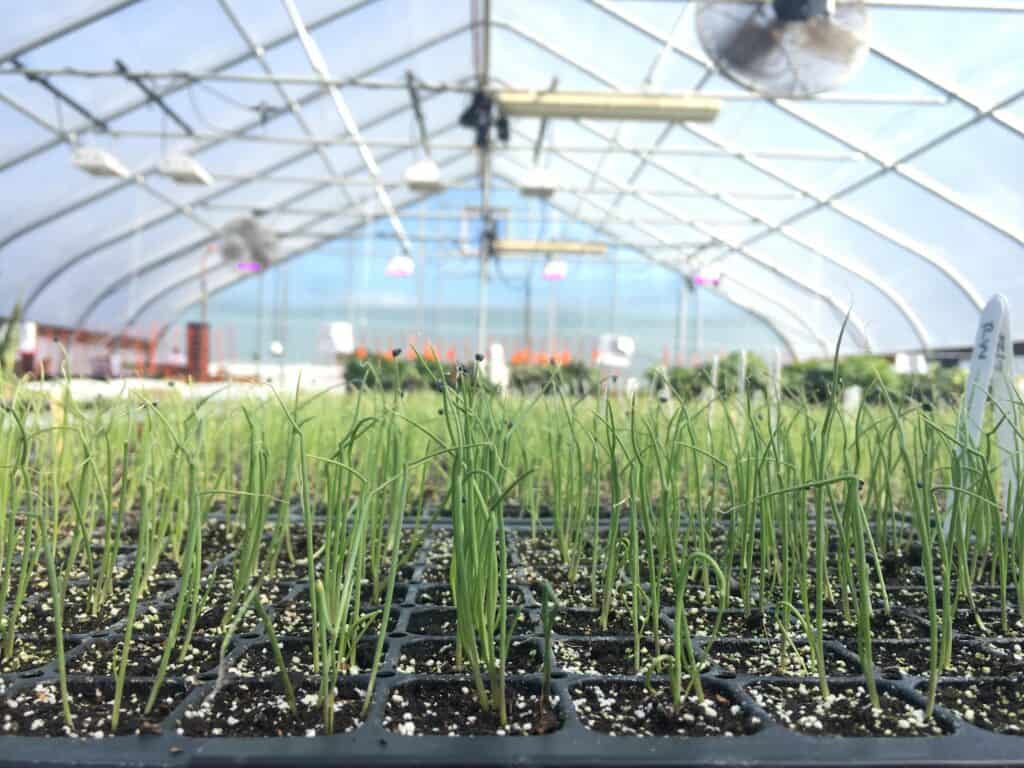
When growing your onions, you should know by now that you have three different ways to do it, specifically from seeds, seedlings or by simply getting onion sets from the market.
The main question you should ask here isn’t “which one should I go for” though, it’s “which one is the best one for me”, since there is little to no real difference when it comes to the end product, with the only real difference stemming from your personal preference.
We personally prefer to go with seeds or seedlings if we happen to find them at the local nursery. That is because growing the onions from seed is quite easy, and by doing so you can choose the varieties you want to go for right off the bat.
But that doesn’t mean that seedlings or sets are inherently inferior, they can still deliver the same quality product at the end of the day.
Seedlings are essentially just small green onions that recently started from seed. You can either grow your own or you can go to your local garden center and get your hands on some.
The sets on the other hand are small, dry and immature onion bulbs that grew from seed last year. They partially developed and they were harvested with tiny bulbs that were kept dormant only to be sold off later on.
Since this isn’t their first time around the rodeo, these onion sets tend to bolt up more readily but they also tend to grow into underdeveloped bulbs.
While onion sets make for quicker and easier harvests, they will grow prematurely, so you will need to eat around the tough center of the onion bulb, and they will go bad a lo quicker than seedlings or seeds that you grew yourself would.
How to Plant Onion Seedlings?
The process of planting onion seedlings is also referred to as transplanting, and before you can even start doing it you will need to take your indoor seedlings and gradually acclimate them to the outdoor conditions.
This is known as “hardening off”, and it is extremely vital for the survival of your onions, since even though they can tolerate chilly temperatures, hardening them off first will make sure that they don’t end up dying prematurely or never blooming in the first place.
Here is a detailed tutorial on how you can start planting your onion seedlings:
- First off you will need to transplant the onion seedlings outdoors around 2 to 3 weeks before the last spring frost date
- Next up just pull apart or separate the clusters of seedlings very gently, so, while you do want to separate them you don’t want to downright break them in half
- Then just create a slender hole for the seedling’s roots, after which you can just bury the seedlings at around half an inch depth
- Make sure to plant your seedlings around 4 to 5 inches apart from one another, depending on how mature the onions got of course.
- Cut the tips of the greens with scissors, as this will help them focus their energy on growing larger onion bulbs. You should usually leave them up to be around 5 inches tall, and you can also pull off the outermost seedling leaves
While these seedlings can usually take a bit of a chill, if it gets to the freezing point you may want to protect your onion seedlings so that they don’t end up dying in the process.
Planting Location and Watering
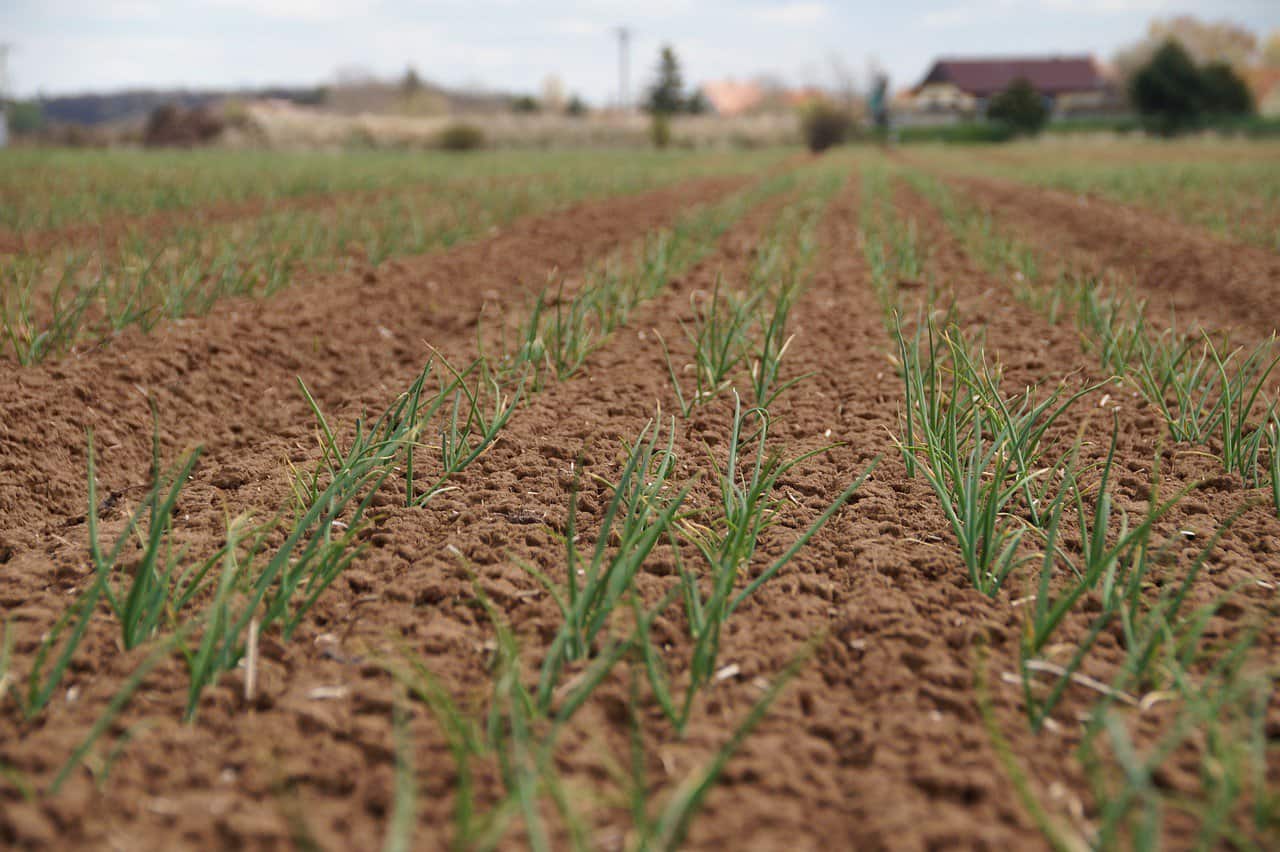
The perfect location for you will give your onions access to full sun. While some varieties can still thrive off of a partial shade, you should know by now that every onion out there grows best in full sun conditions.
As such, if you happen to live in a place that doesn’t have the most access to the sunlight then you may want to invest into one of the short-day varieties out there.
As far as the soil is concerned, you will need to go with moderately rich, well-draining soil, and you can also invest into clay soil with organic matter or potting soil.
You may also invest into mycorrhizae, as you can apply it directly to the soil or you can water it over it to promote healthy root development.
When it comes to the watering process, you will need to add in a layer of mulch around them in order to make sure that they never dry out. This is where compost comes in, as it is perfect for keeping the soil healthy and moist.
Good drainage is also worth keeping in mind, as a soggy or dried out soil is all the same when it comes to completely eradicating any chances of a bountiful harvest.
Conclusion

This is all there is to growing beautiful and delicious onions on your own. As you can tell, onions are very easy to grow, they’re very low-maintenance and they make for a great addition to any dish out there.
As such, if you’re still looking for a good addition to your garden, you may want to look into growing onions, because trust us when we tell you, you won’t regret it anytime soon!



